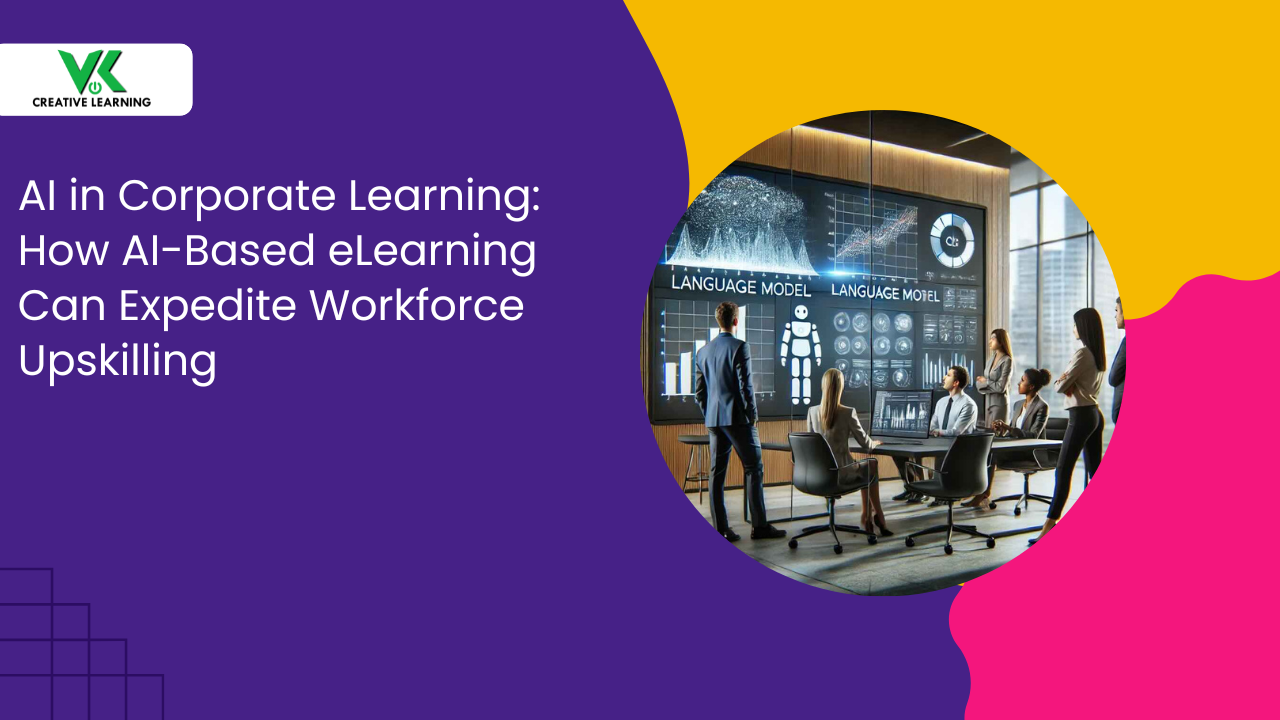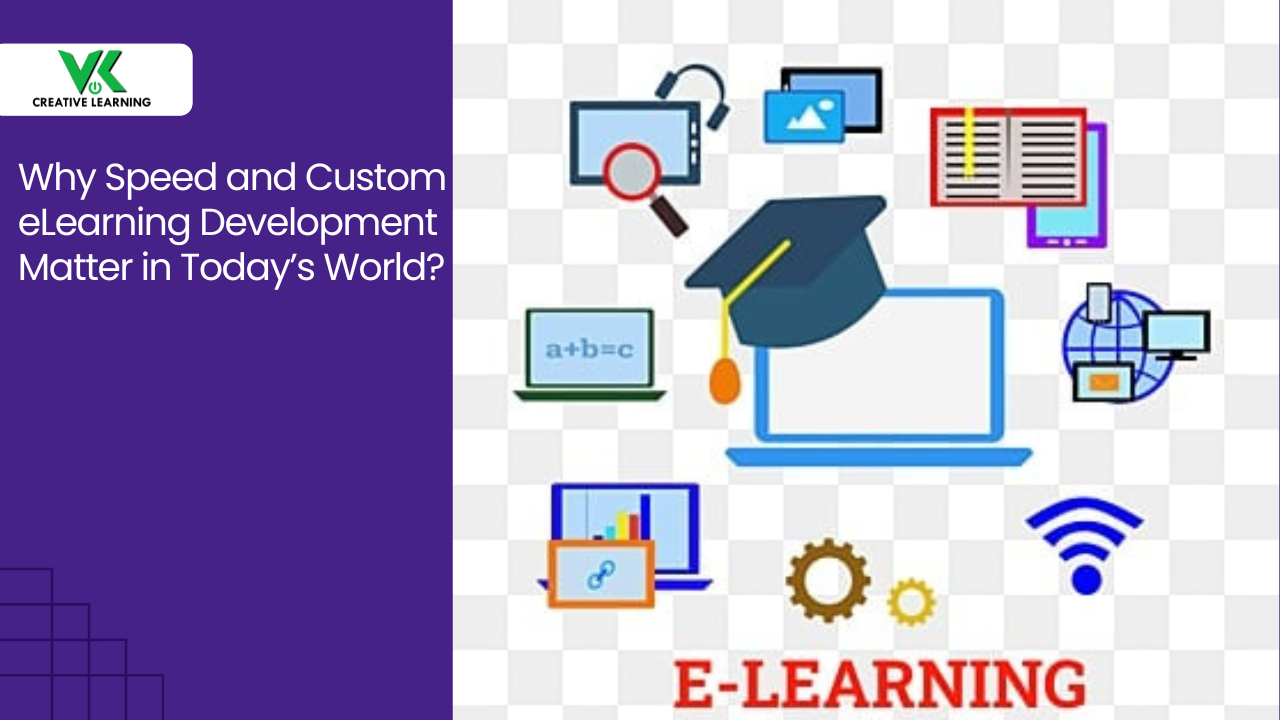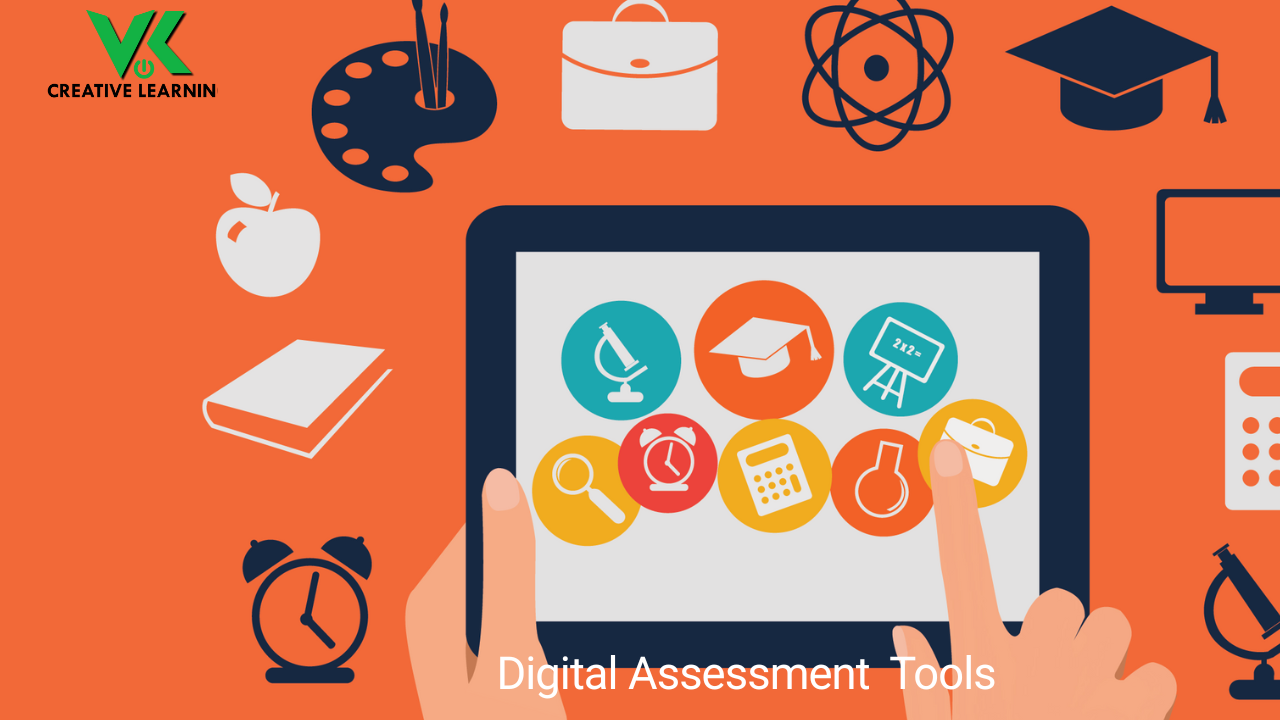Corporate eLearning Solutions: Key Factors and Practices
March 19, 2023
Corporate eLearning solutions offer a reliable and robust means to boost workforce productivity. Wondering how and why? This is because these solutions arm employees with digital resources, they can access in their own leisure time or whenever they feel like going through it. Moreover, this grants them the chance to expand their expertise and stay abreast of the newest information pertinent to succeeding in their positions.
By capitalizing on corporate eLearning solutions, organizations ensure that personnel are provided with the up-to-date intricate details necessary for attaining peak performance. Importantly, learners who require refresher courses can take them without interfering with their usual responsibilities or forfeiting valuable work time.
Also, employers can utilize corporate eLearning solutions to create and circulate new policies and protocols across their organization or modify the existing ones quickly. Not only does this practice save considerable amounts of time in contrast to the customary methods (on-site training programs), but it also abolishes the superfluous expenses affiliated with resource materials.
Incidentally, vast corporate companies rely on corporate eLearning programs’ animations and simulation modules to coach their new recruits during onboarding sessions or to get professionals acquainted with the new processes.
Also, eLearning solutions encompass features that allow supervisors to monitor employee progression and spot areas where extra training is required, resulting in better productivity.
Key Factors of a Successful eLearning Strategy
In order to succeed in developing effective corporate eLearning training strategies, there are certain key factors that must be taken into consideration.
Determining Learning Objectives: Identifying learning objectives is an essential starting point for successful instruction; serving as the bedrock on which all other elements are built on. Wondering what’s the importance of learning objectives? Incorporating well-defined goals allows educators to craft pertinent eLearning content that will guide learners toward achieving them.
Furthermore, it presents a useful benchmark when designing assessments meant to gauge advancement. To illustrate, if the purpose is to cultivate familiarity with a particular topic matter like financing or leadership responsibility, then the trainer should construct assignments requiring learners to implement the learned knowledge in the training activities.
Designing Engaging Learning Content: Once objectives have been specified, educators must then turn their attention to designing engaging learning content. This typically involves presenting material in various media formats such as videos, audio files, animations, text with diagrams, etc. to cater to different learner preferences.
For instance, audio files could be used in conjunction with traditional text-based instructions, or visual examples might accompany lectures to boost comprehension skills. Furthermore, interactive elements can be embedded in quizzes and surveys to promote active engagement with the eLearning material.
Leveraging Technology to Facilitate Engagement and Retention: Achieving success in eLearning--enabling learners’ retention--necessitates the effective utilization of technology. This can be achieved by incorporating virtual classrooms, discussion boards, and video conferences. These elements provide instructors with a means to interact with students remotely and swiftly as when required.
More importantly, these platforms present myriad opportunities for engagement, feedback provision, and close observation of learners’ participation levels. Thus, leveraging technological tools can drastically improve learners’ involvement and retention while allowing trainers to furnish more personalized pedagogy.
Assessing the Effectiveness of eLearning Solutions
Evaluating the impact of corporate eLearning solutions is a multifaceted mission that necessitates detailed information from the eLearning platforms. The information includes information to track learners' progress to examine the outcome of the training sessions.
Tracking Learner Progress: An ideal example of evaluation could be measuring how successful learners have been in comprehending a definite subject matter. This can be performed through frequent observation of their assessment on tests and assignments, as well as keeping tabs on their teamwork with mentors and associates.
Evaluating Outcomes: The evaluation of the outcome of the corporate eLearning programs necessitates taking into account feedback from employees. By utilizing surveys, discussions, and focus groups, organizations can obtain invaluable acumen in the general excellence of their eLearning offerings.
Moreover, it is essential for corporations to simultaneously reflect on data related to participants' dropout rates and course completion times. Reason--these types of information provide additional substantiation concerning the efficacy of their eLearning training initiatives.
Best Practices for Implementing Corporate eLearning Solutions
The best practices for implementing corporate eLearning solutions depend greatly on understanding the audience and creating an effective user interface.
Understanding the Audience: This involves an in-depth exploration of demographics and behavioral traits correlated to data on individual employees’ roles, needs, and priorities. Equally essential is accurately gauging the efficacy of a particular approach--in the form of activities or presentations; otherwise, any implementation will be severely hampered.
Utilizing the eLearning interactive platform tools experience also offers invaluable insights into learning outcomes. For example, automated surveys with interactive elements can provide valuable feedback loops to measure the effectiveness of eLearning training initiatives.
Creating an Effective User Interface: Fashioning a user interface that meets learners’ needs is essential when designing new corporate eLearning solutions for businesses. Notably, it's important to maintain simplicity as a driving factor else learners will be dissuaded if the corporate eLearning platform’s user-interface experience is intricate.
Content: Furthermore, creating tutorials that are easy to understand while using succinct language should enhance the onboarding process. In addition, employers should tailor employees’ learning paths to best meet their needs. For the same, employees should be given opportunities to provide feedback to the organizations.
Gamification: Adding gamified components after every learning module can also support engagement levels. For instance, supplying rewards for completion or even just basic appreciation for an effort accomplished can cause remarkable improvements in work output.
Conclusion:
Corporate eLearning solutions provide businesses with an invaluable opportunity to maximize the workforce's efficiency through a regular upskilling process. Importantly, from developing interactive eLearning components to engaging content to personalized learning paths to simplified user experience, these key components and practices must be implemented for organizations to benefit from their investment fully.
If you are searching for reliable corporate eLearning solutions that synergize essential components and adhere to established practices, VK Creative Learning is the solution. With over a decade of experience in the eLearning industry and renowned for developing tailored solutions, we provide top-notch results according to specifications. So don't delay any further--rely on our know-how and try out VKCL corporate eLearning today!




